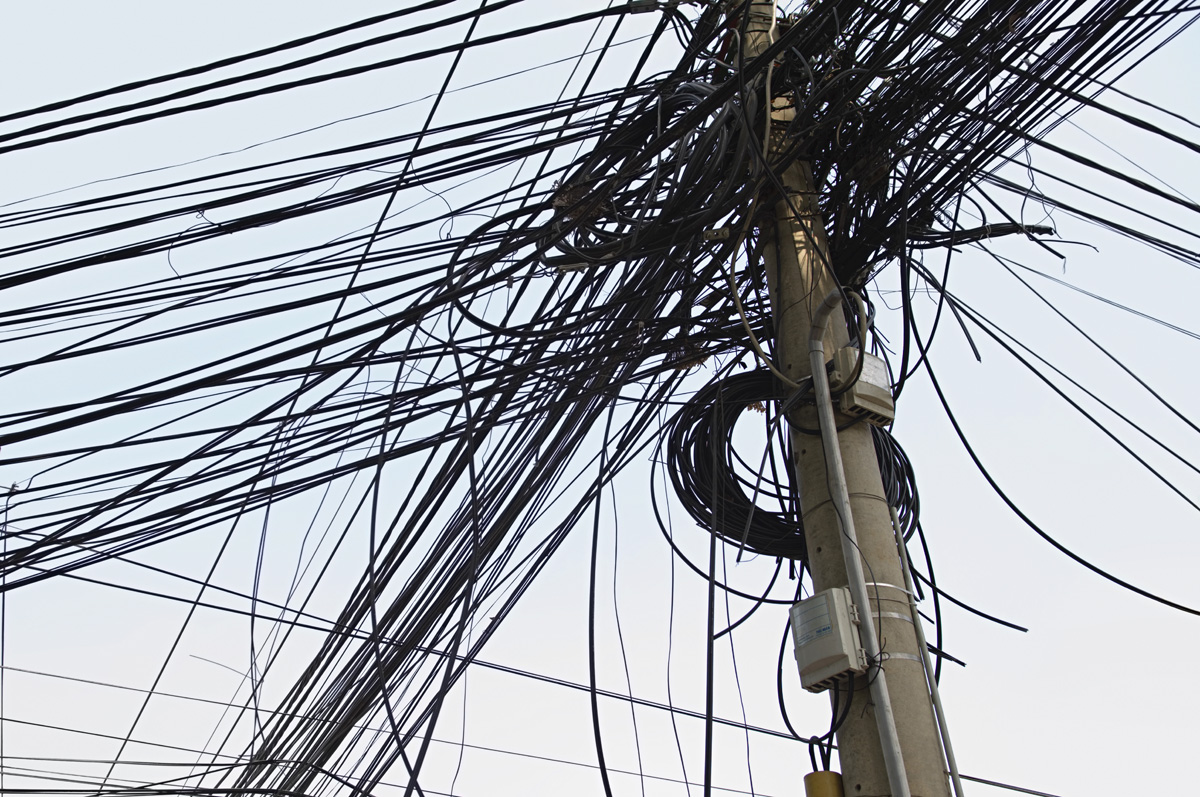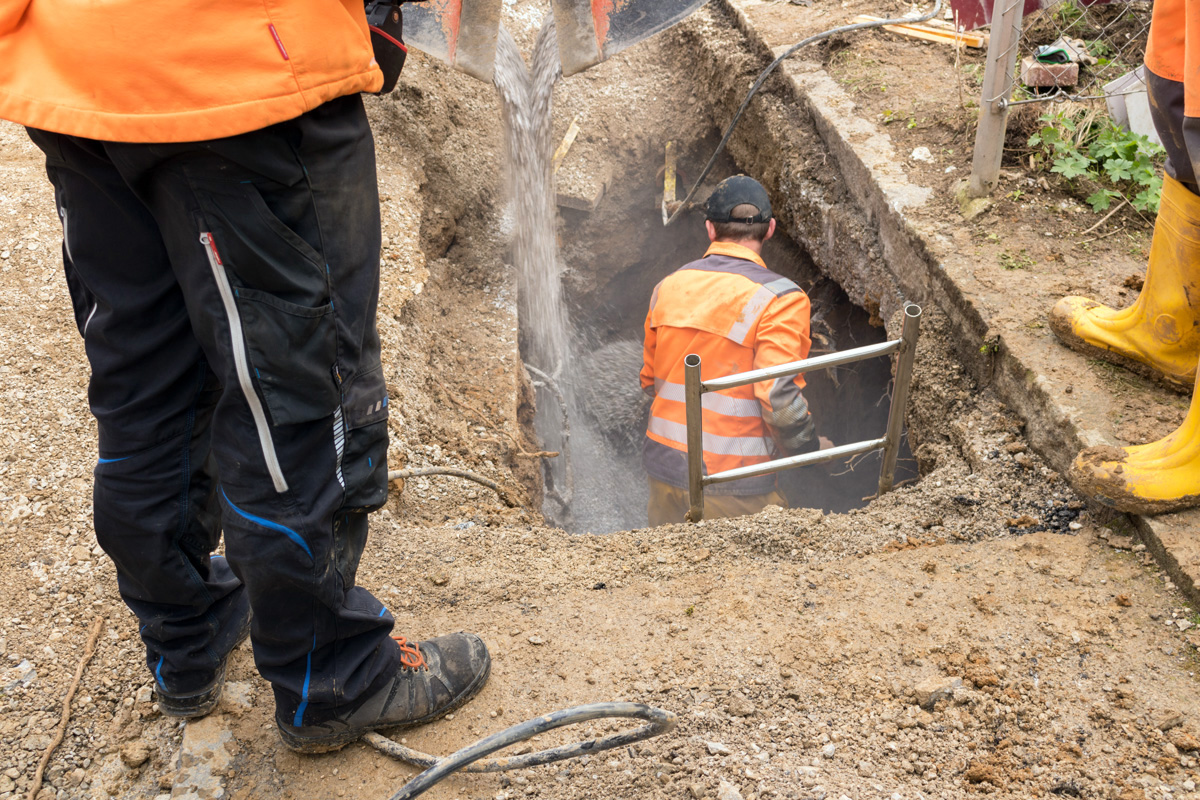Time to Go Underground? - Page 2
 |
|
|
 |
|
|
 |
|
|
The most popular topics in Jonathan C's Nextdoor string are the cost of undergrounding and the significance of his social media poll, which registered '89 for' and '12 against' in a community of close to a thousand homes. Jonathan defended it to critics in the string October 14.
"Clearly there are many folks voting strong support for this idea, and their voices count too," he said pointedly. "If the polling shows sufficient interest, we have a local government structure in place that can begin to look into this as a possibility for the neighborhood and flush out the actual costs so folks could decide on the facts."
That flushing proved a challenge in San Francisco, where a ten-year, 46-mile undergrounding project from 2006-2016 cost a reported $3.8 million per mile instead of its projected $1 million.
"The cost of undergrounding a distribution line can vary depending on…road width (work access), nearby sidewalks (to comply with the American with Disabilities Act), density of nearby residences and businesses, surrounding vegetation, the number of power lines involved, other existing structures underground and other environmental issues," states PG&E literature about undergrounding. It adds, "Underground lines can take almost twice as long to repair when damage occurs."
As discussed in the literature and on the Nextdoor string, the cost of undergrounding is borne by the rate-paying public in "special public interest areas" such as congested intersections or public parks, but communities like the Highlands can vote to form an assessment district to fund the project in their neighborhood.
Pacific Gas and Electric states that undergrounding costs an average of $3 million a mile, which works out to $568 a foot. While contributors to the string estimate each household's cost at $15,000 to $20,000, the utility's figures pencil out more like $30,000 per property.
"Undergrounding is very costly," Vanrenen wrote, declining to quote a possible figure for the Highlands. "The costs versus benefits must be carefully considered….Also, the life expectancy of an underground line is about half an overhead line."
Such factors outweigh the safety and aesthetic benefits for some Highlands homeowners in the string, including its harshest critic of the proposal, Jay B.
"I think this should be an individual homeowner issue, not a 'should we do this as a community' issue," Jay posted, expressing a preference for spending on local schools. "While I appreciate all of the great minds who have chimed in on the topic, I wish there was the same amount of common sense connected to them, to balance it all out."




